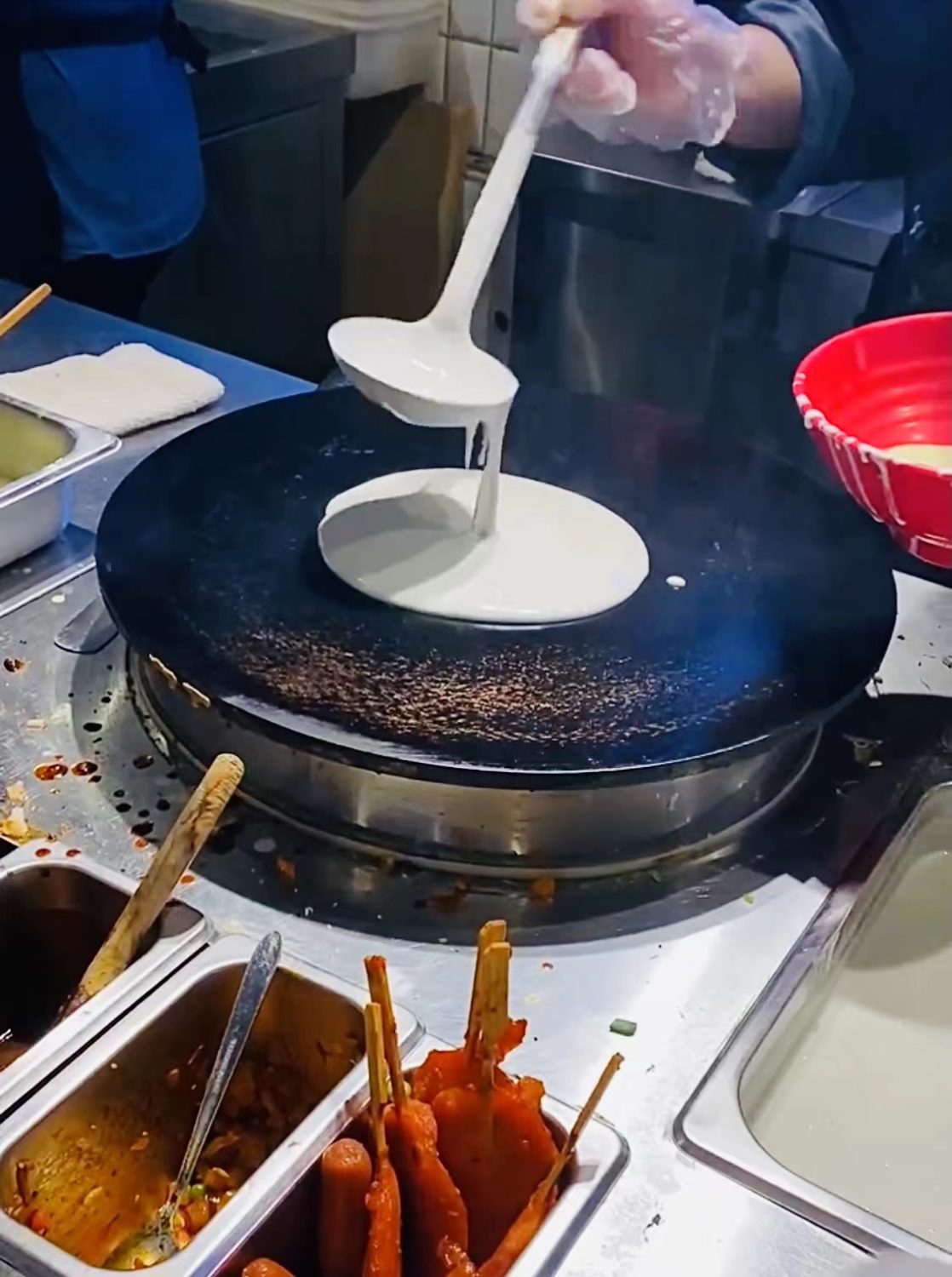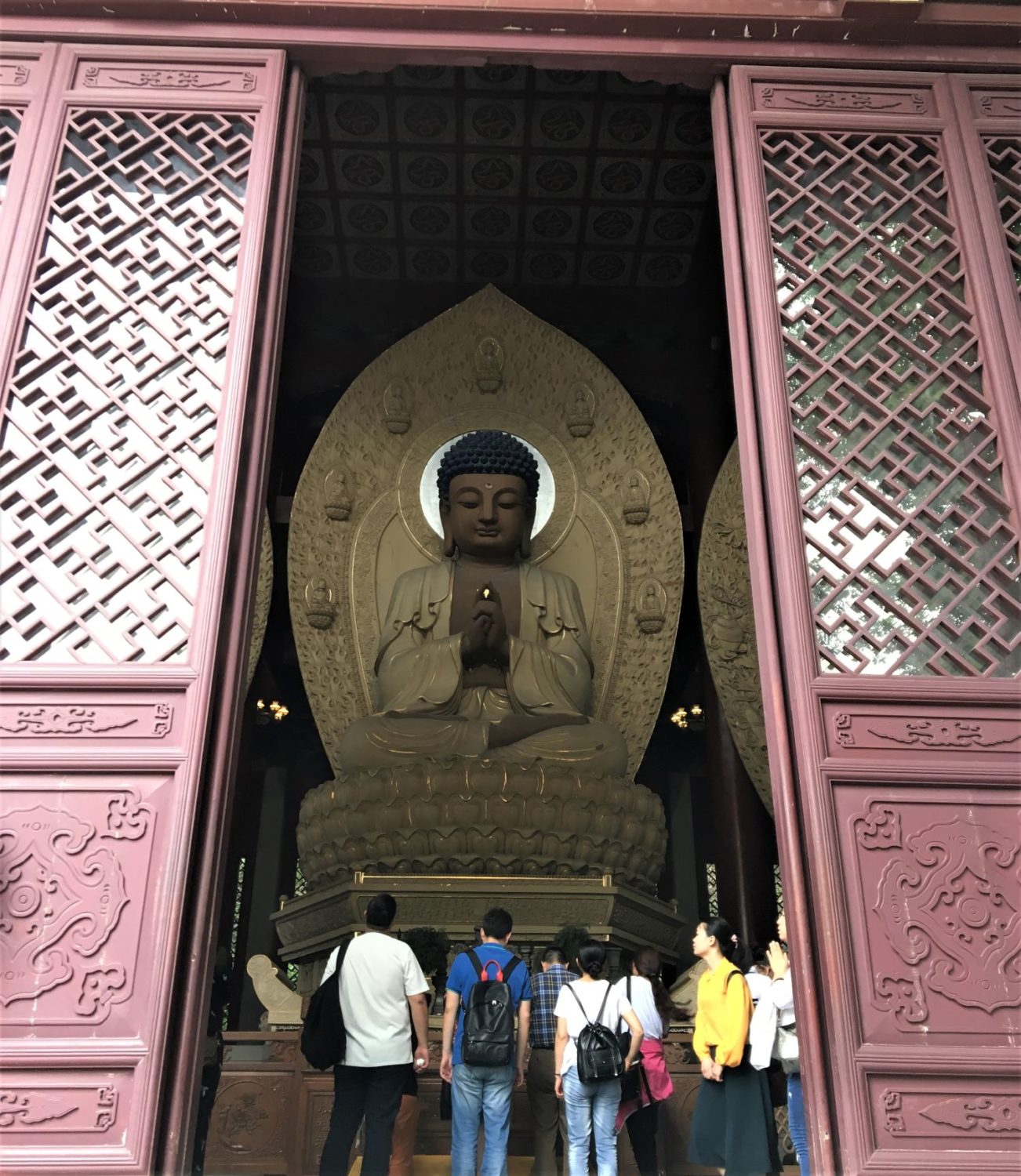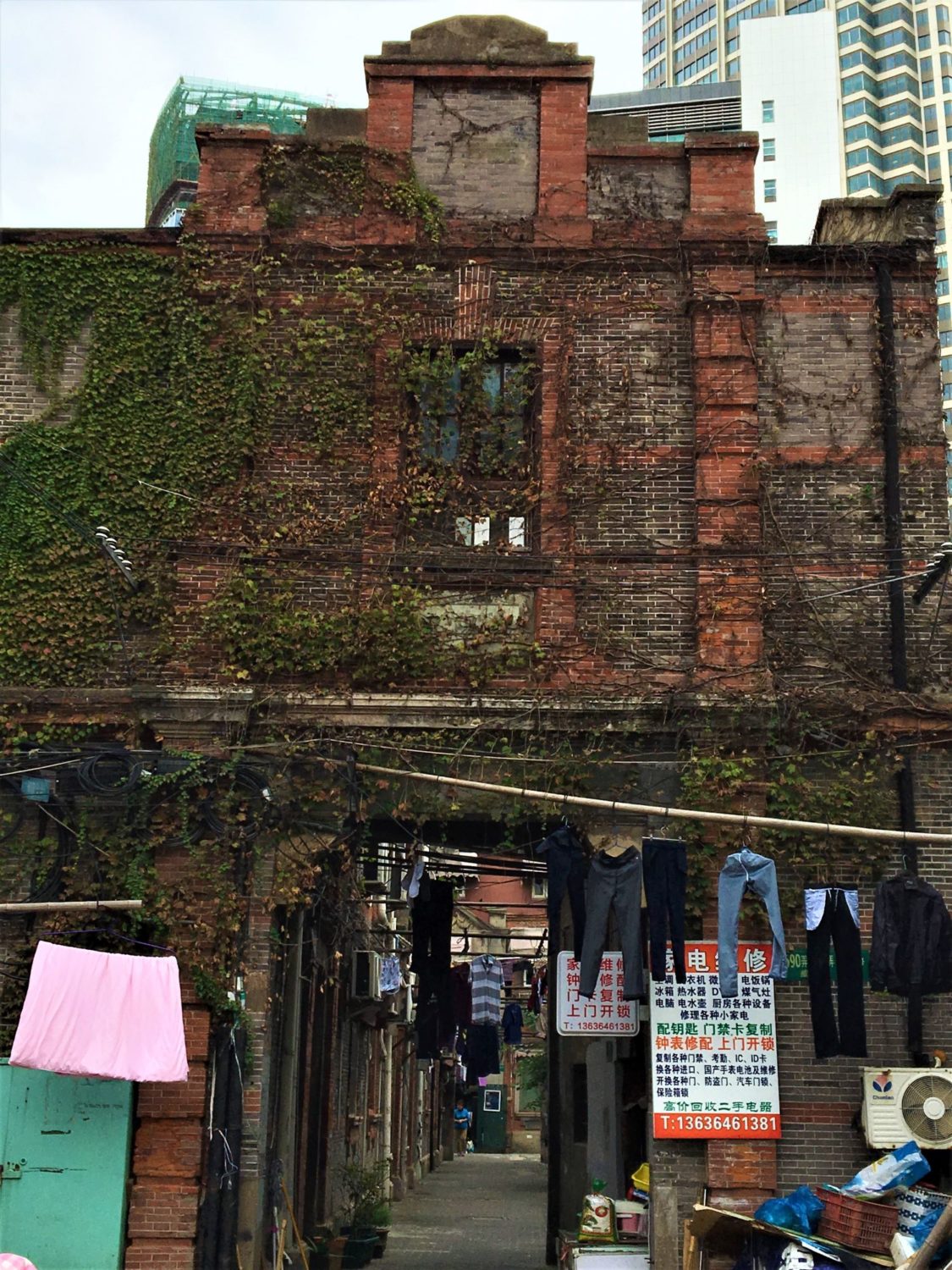I have a confession. I love doors! Some may find my obsession with doors and entryways a bit strange. Whether they’re imposing stone gateways, beautifully carved solid wood doors, intricately hand painted or dilapidated and worn out, I find them intriguing.
When a doorway catches my eye I’m curious to know what lies beyond? Who lives here? How old is this door? Why does it look like this? Questions, rarely answered, yet I never cease to wonder.
Travel fuels my obsession with doors
Luckily for me China has no end of interesting entryways to feed my obsession with doors. Whether it’s a simple front door onto the street, the gateway to a Shikumen or an enormous fortified temple door, a short walk almost anywhere in the city will have me stopping all too often to take a quick pic.

What is a Shikumen?
The Shikumens, translated as shi (stone), ku (storehouse) and men (door) are a traditional housing style unique to Shanghai. The imposing stone gateways lead into semi-private laneways, off of which stem other lanes at right angles. These lanes comprise numerous two to three story terrace houses with multiple generations of families residing in each. The Shikumens house close-knit, bustling communities with many often sharing communal bathrooms and kitchens. A steady stream of scooters and foot-traffic can be seen entering and exiting the gates day and night.

It is the doorway into a traditional courtyard residence.
How can a door determine good fortune?
In the ancient Chinese practice of Feng Shui, literally meaning wind (feng) and water (shui), the front door is considered to be ‘the mouth of Chi’, one of the most important elements in ensuring the flow of good energy into a home or building. To ensure auspicious ‘Chi’ is drawn into a building, the entryway must be strong and ‘vibrantly healthy’, meaning it’s cleanliness, look, colour and even the compass direction it faces, are all important factors.
Considered ‘superstition’, Feng Shui was outlawed in late 1949 when Chairman Mao Zedong and his ruling party came into power and wanted to clear up fraudulent practices. However, a belief or practice that has been followed for thousands of years is hard to eradicate, and so although still technically illegal today, the architectural tenets of Feng Shui continue to be extremely important in Chinese culture.

Stepping through the doors of history
Temples are another wonderful source of stunning door photography. There are numerous temples scattered throughout the city with one of the larger ones, The Jade Buddha Temple, literally a block from where I live. I absolutely love the arched red doors and always stop to take a photo of them whenever I’m passing by.
In the rapidly changing street scapes of Shanghai, it’s not uncommon to find a building you have walked passed every day for a year, all of a sudden gone with only a mountain of red bricks left to show where it stood days before. The Shikumens and older buildings are being demolished to make way for gleaming new glass, steel and granite edifices.
Sadly, many of the doors I’ve taken photos of have now gone, lost in the rubble, and I’m left wondering where the families and community that once lived there have moved to? I can only hope the gateways and doors they now reside behind are ‘vibrantly healthier’ than those they left behind.
Take a tour
Join me on a journey through some of my favourite door photos, collected during my travels of China and beyond. Enormous, beautiful, ancient and crumbling, I love them all.




This is such a nice way to have a newfound appreciation for doors! Thank you so much for sharing your photos!
Thank you Nia – so many amazing door photos and so little time to post them. I’ll keep plugging away xx
Ohh such cute pictures! Loved to see this!
Thank you, so glad you liked them. 🙂